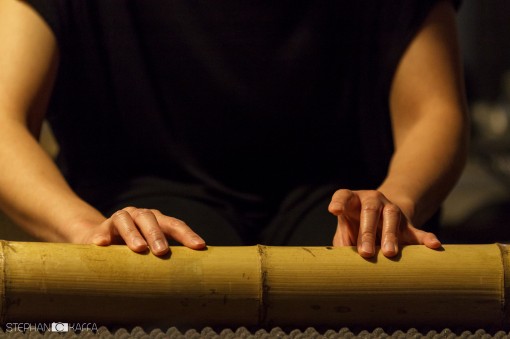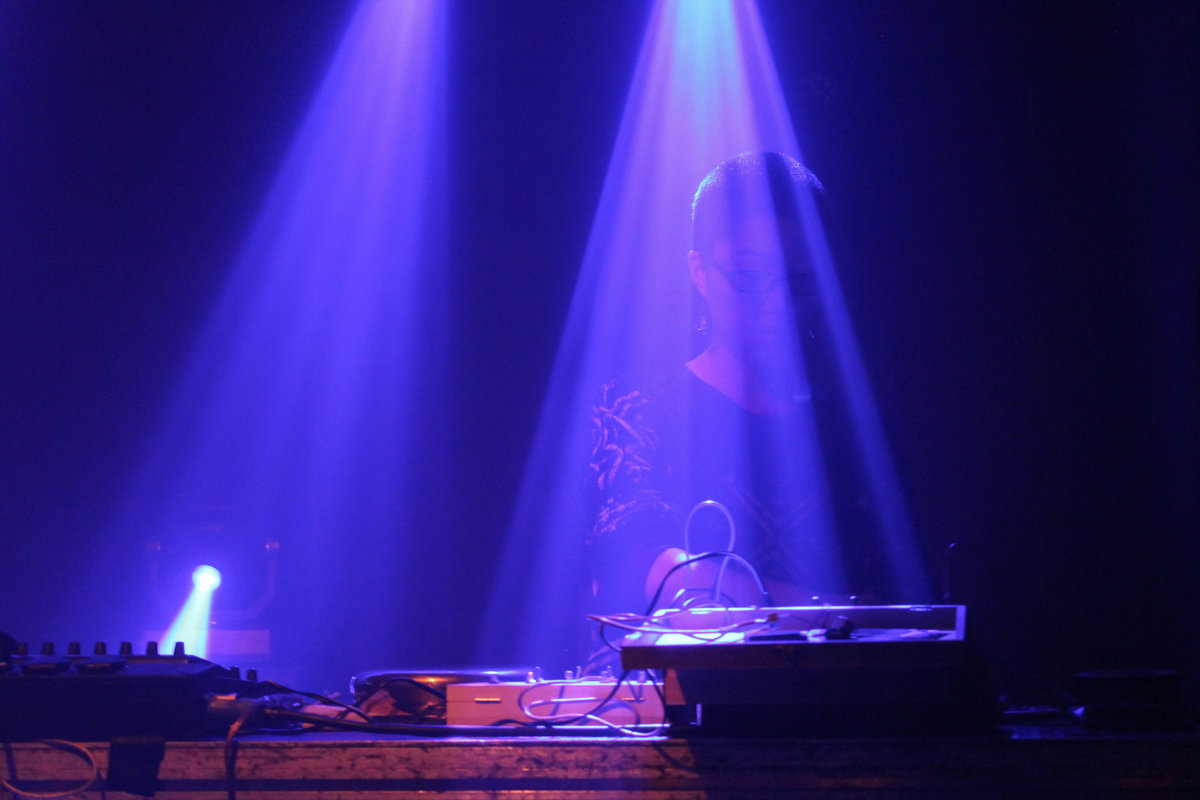It has not been a short time since I seriously put myself into being as a composer. I have been composing for acoustic instruments, pure electronics, and combination of two at different venues from a big concert hall to a small underground place. After all those years trying to have more experiences, I have too many questions about life as a composer.
The first thought -that is always in my head- is sadly about how to survive and support -at least- myself in order just to continue. It is true that such a music is quite far from the main stream or a commercial field. It is certainly not aimed to be sold vividly, but to provide a rare, unique experience in a concert place, which I think it is invaluable. It is easy to focus on the issue with the finance, as I also mentioned as the first thought, simply because of its connection to the real life. However, I’d like to talk about the important matter: how to provide the rare and unique experience.
There are many styles in music; the style can be derived from the ways to approach, elements to focus, what the main ‘actor’ is. When those subjects become a style, there are a number of influences between existing music, researches, and social activities. A simple example can be ‘spectral music’ which involves the use of the fundamental properties of sound as a basis for harmony as well as the use of spectral analysis, FM, RM, and AM synthesis as a method of deriving polyphony.[1] This example is more methodological approach and I gave this as an example in order to differentiate from what I’d like to talk about. When I go to a new music concert and listen to the pieces that are presented, such techniques and the methods that composers use in their music are not the core that drag my attention. It is certainly an interesting point to look at. However, first I see the energy of the performance, the actual spirit from the performer(s) that deliver the music to us. Human ears are sensitive enough to catch this; how much interaction was there between the performer and the composer, how many concerns were involved, how seriously they have prepared, how much pain(?) they had. All those matters become an energy to the audience to actually ‘feel’ the music. (I would like to clarify that this term ‘energy’ is not at all as in New Age) The methods and techniques in music require a more intellectual process of listening, which also requires some background study and experience in order to appreciate. However, the feeling, a more emotional process of listening can be achieved without any background. It just comes, and it also let people move. This is something that a child can achieve from a contemporary music.
I am more interested in this matter: how to make people move? What are the things that create such result? Music study doesn’t teach this, and I, probably like any other composers, constantly think about this when starting composing a piece. My thought always meets in social interaction with other people: we never meet a person that is exactly the same as any other. Every single body has a different personality, background, so that we always create a different experience whenever we meet a different person. Some are nasty, some are sweet, some we fall in love, some we remember years later. All those feelings come from the experience we had. All those experiences and judgements toward our own feeling also reveal our own character. We interact, and we become ourselves.
I think this can be applicable in the same manner. What I’d like to see and listen in a concert is a voice of a person, the personality, the different character that I can associate with myself as an individual. No matter what techniques they use, whether it’s with a new, incredible technique or a solo violin piece, I’d like to feel a different personality. And this, in my opinion, could be one of the most important matters for a composer to consider: How I show myself? I am definitely not talking about ‘expressing oneself’ in music, like ‘hey I am very sad these days so that I’d like to make a sad song.’ I am more focusing on the identity, who I actually am, am I sensitive? am I having an accent? am I humorous? am I a jealous person? am I laughing outward or inward? am I introvert and shy? am I have a loud voice? how am I? Those questions bring myself into the things that I really like. from the construction of sound to a science fiction movies, things that make me move. If I know clearly the things make myself move, then I can apply that into my music too. That’s a true sharing, no matter what kind of musical language one uses, one should tell their own story, not someone else. Not the stories that they do not know or that they never experienced.
One said that there is nothing original. I agree. However, there is a different identity.

